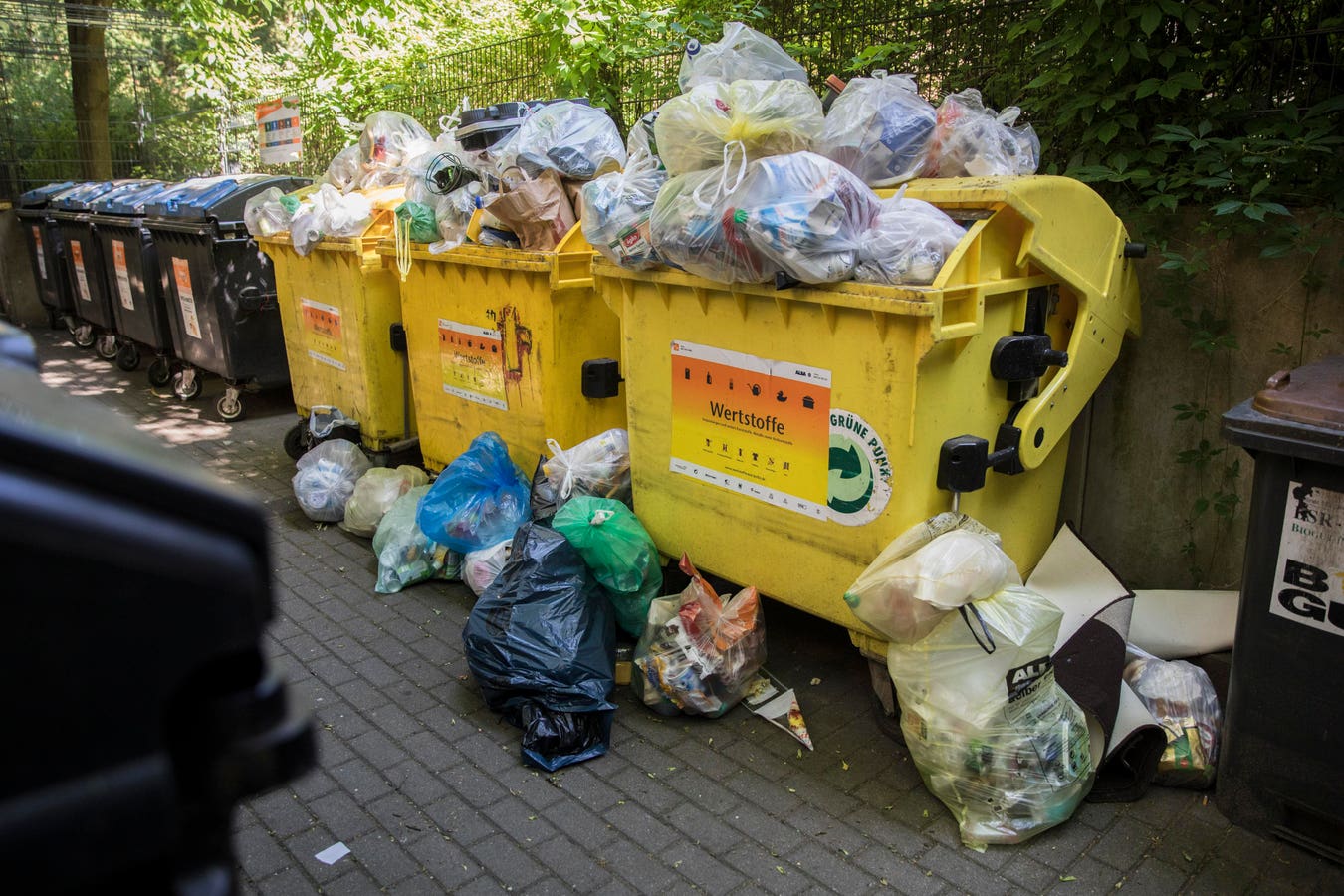In a previous blog, “The Importance Of The Healthcare Sector For The Sustainable Development Goals,” I discussed the ways in which this sector is important to the 17 Sustainable Development Goals (SDGs). The underlying data for that blog are based on a paper “The Relationship Between Investor Materiality and the Sustainable Development Goals” that I wrote with Professors Gianni Betti and Costanza Consolandi of the University of Siena. A summary of our methodology is provided in my previous blog. In brief, we mapped the material environmental, social, and governance (ESG) issues in all 79 industries organized into 10 sectors, developed by the Sustainability Accounting Standards Board (SASB), to the 169 targets of the SDGs. SASB has identified the material ESG issues for each industry that are important to shareholders in terms of value creation. Mapping these issues to the SDGs’ targets enabled us to assess how each industry is creating value for society. For this we created an index that ranges from 0 to 100.
At the end of my healthcare blog, I promised to write a similar analysis of the other nine sectors. This one is about the resource transformation sector which has an overall index of 28.42, compared to 34.44 for healthcare. It is comprised of five industries: containers & packaging (39.4), chemicals (31.3), aerospace & defense (30.8), electrical & electronic equipment (23.7), and industrial machinery & goods (17.0). For the sector as a whole the SDGs of most importance are #12 (Responsible Consumption and Production-49.7), #14 (Life Below Water-41.0), and #15 (Life On Land-44.9). The least important SDGs for this sector are #4 (Quality Education-5.0) and 10 (Reduced Inequalities-5.45). SDG#12 is closely related to how the products in this industry are made and used. SDGs #14 and #15 concern the sources of the materials for these industries and how its products are disposed and recycled. The results for SDGs #4 and #10 suggest that these industries have little impact on human capital. In general, this sector has very little impact on the material issues in SASB’s categories of social and human capital; they are all in the other three categories of environment, business model and innovation, and leadership and governance.
Similarly, there is variation in scores within each industry regarding the individual SDGs. There are five SDGs where the containers & packaging industry has a significant impact: SDGs #14 (Life Below Water-77.0), #12 (Responsible Consumption and Production-67.7), #15 (Life On Land-58.5), # 2 (Zero Hunger-55.0), and #6 (Clean Water and Sanitation-54.5). The SDGs for which it has the least impact are #8 (Decent Work and Economic Growth-14.6), #5 (Gender Equality-11.1), and #10 (Reduced Inequalities-9.09). The low impact on #8 could be because this industry doesn’t raise challenging working conditions and it’s a commodity industry that will have modest growth at best. The low impact on #5 also suggests, like #4 and #10, little impact on human capital.
SUBSCRIBE TO OUR NEWSLETTER
Subscribe our newsletter to receive the latest news, articles and exclusive podcasts every week


